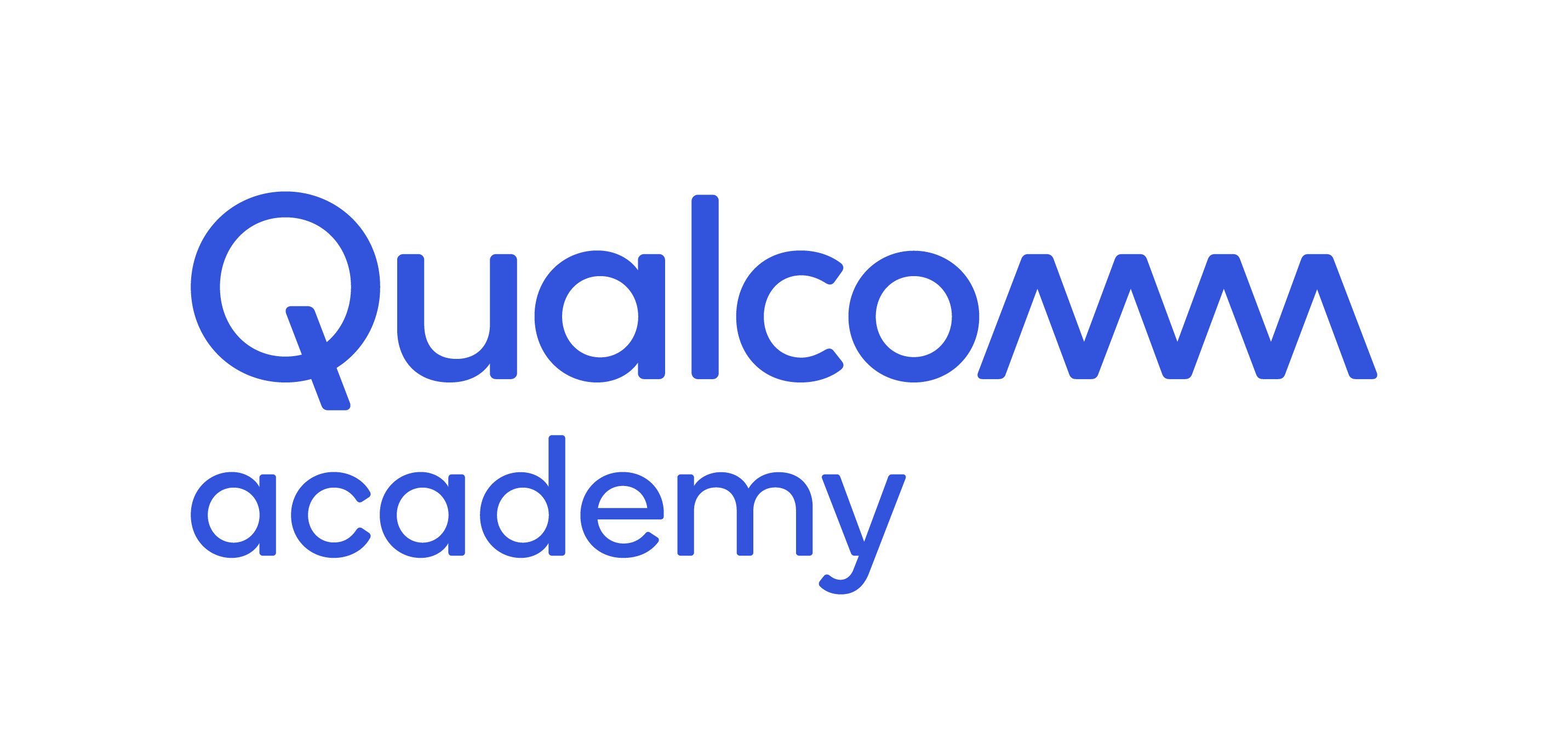5G Dynamic Spectrum Sharing (DSS) Log Analysis Training
Enhance your technical skills and understanding of 5G Dynamic Spectrum Sharing (DSS) log analysis. Train with engineers at Qualcomm Technologies: a world pioneer in 5G technology.
Why Take This Course?
- Enhance your industry knowledge and skills by gaining a greater understanding of 5G DSS log analysis.
- Train with engineers at Qualcomm Technologies – a world leader in 5G technology and wireless engineering.
- Learn online and at your own pace with our flexible eLearning format. Or, set up a live training session for groups of at least 15 people.
Course Outline:
- Obtain hands-on experience through exploring DSS by analyzing device DSS capability exchange procedures, MBSFN-based DSS procedures, and non-MBSFN-based DSS procedures for an EN-DC setup.
- Identify MBSFN-based DSS configuration and non-MBSFN-based DSS through log analysis.
- Discuss the differences in the call flows for standalone and non-standalone DSS.
- Study how Control Channels and Reference Signals are related to DSS.
- Develop an understanding of the coordination between LTE and NR schedulers for DSS.
- Explain DL LTE and NR PDSCH sharing in both MBSFN subframes and non-MBSFN subframes.
- Explore UL LTE and NR PUSCH sharing.
- Use UE logs to demonstrate DSS deployment and mobility scenarios.
- Understand UE DSS signaling information through log analysis.
- Observe log information associated with NR RRC Reconfiguration.
- Analyze packets associated with DL and UL Control and Reference Signals.
- Identify log data for DL PDSCH Data Transfer in MBSFN NR and LTE PDSCH in non-MBSFN.
- Review logs for Dynamic Corset Rate Matching.
- Probe the logs for LTE and NR PUSCH data transmission and study them for mobility procedures such as NSA to NSA, SA to NSA, and SA to SA.
Prerequisites:
- You should take this course if you are at least one of the following:
- Network Engineer
- System Engineer
- Software Engineer
- Test Engineer
- This course is part of our corporate program and requires an NDA for access.
Objectives:
- Analyze LTE attach procedure logs for EN-DC DSS setup.
- SA DSS vs NSA DSS Call Flow Differences.
- Describe how UE indicates DSS related features.
- Outline MBSFN based DSS procedures for EN-DC setup.
- Explain Non-MBSFN Based DSS procedures for EN DC setup.
- Discuss the key parameters for DSS.
- Introduce downlink and uplink control channels with examples using 15 kHz SCS.
- Describe downlink and uplink reference signals mapping.
- Explain additional DMRS port configuration.
- Describe high level coordination between LTE and NR schedulers for DSS.
- Explain DL LTE and NR PDSCH sharing in MBSFN and non-MBSFN sub-frames.
- Explain UL LTE and NR PUSCH sharing.
- Discuss deployment considerations for dynamic spectrum sharing.
- Explain mobility considerations for DSS.
